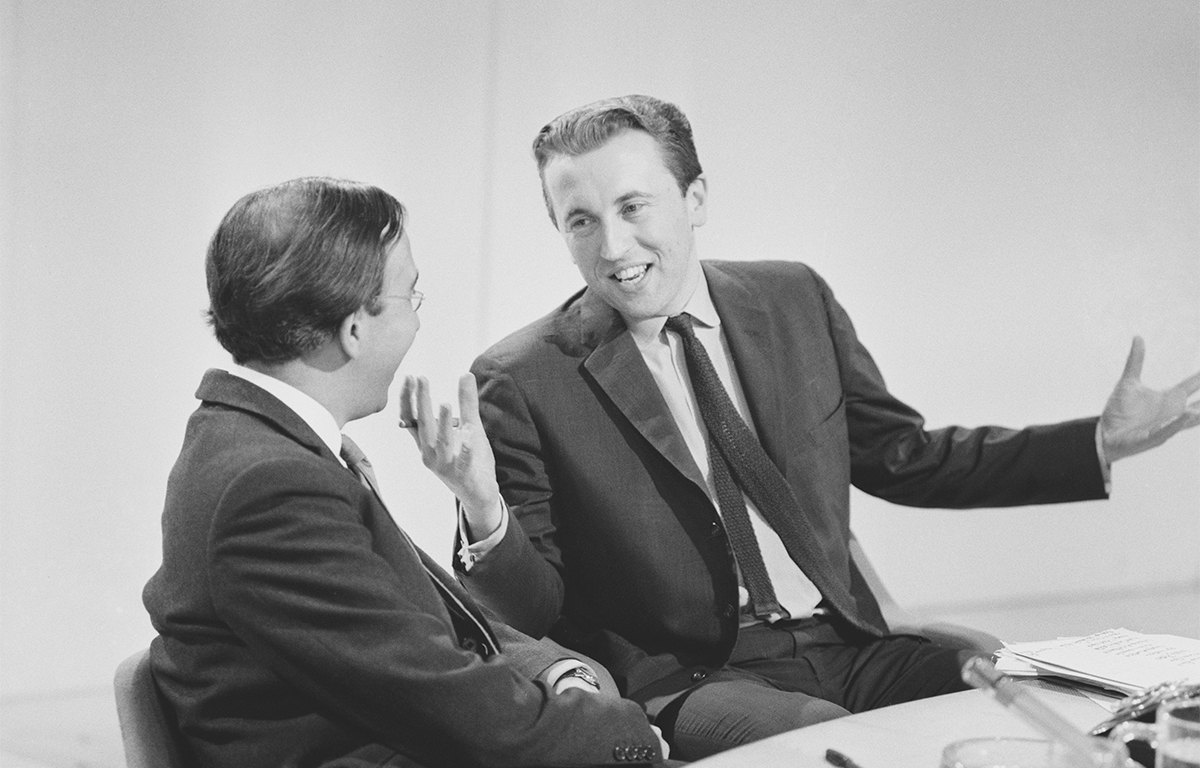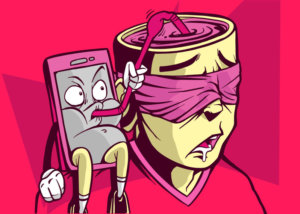We all have people around us who use their hands to talk. Let’s take a look at some studies that explain the relationship between language and gestures of these people.

In the early 1970s, David McNeill, a psychology professor at the University of Chicago, noticed something strange while giving a speech in the Paris Lecture Hall. In the back of the room, a woman was talking and moving her arms to express exactly what McNeill had said.
Then he realized that the woman was an interpreter translating her own speech into French. So the woman’s hands matched what McNeill was saying, but they didn’t speak the same language. For McNeill, that moment opened up an insight that would lead to a lifetime of research: Gesture and speech are not as separate as they seem.
Over the past 40 years, gesture researchers have revealed how gestures are so tightly linked to speech. Regardless of their spoken language or culture, people act when they speak.
They even move when they talk, even if they’ve never seen movement before (for example, people who are born blind). Similarly, when a person’s speech is impaired for any reason (for example, stuttering), the gestures, facial expressions, and body language he exhibits also change.
In fact, gesture is so closely tied to language that differences between languages appear as minor differences in gesture. In other words, how you place your thoughts in conversation is how you activate them.
Researchers are particularly interested in when gestures do not match speech. Dissonance can be a valuable window into what is going on in the mind. Susan Goldin-Meadow, another psychologist at the University of Chicago, initiated a decades-long study of what’s called “speech movement mismatches.”
For example, children don’t realize until about age 7 that if you pour a tall glass of water into a shorter, wider glass, the amount of water stays the same. They think the shorter glass contains less water. When asked to explain their reasoning, some children point to the wider glass, while others say “shorter”. The inconsistency of opinion among these children, who actually want to say the same thing, shows that they are subconsciously grasping that both dimensions are important. Teachers who can spot these mismatches can say that a student is ready to understand the relationship between height, width, and volume.
When we speak, we put our thoughts into words. When we make gestures, we place our thoughts in our hands. But gestures don’t just show what we’re thinking, they also help us think. Young children who are encouraged to move and gesture while speaking begin to produce more words. Adults involved in a variety of problem-solving tasks do better when they are encouraged to gesture.
There is something about activating ideas here, something that brings us closer to grasping what we need to grasp. That thing was, in a way, what caught McNeill’s attention in the Paris auditorium, a sideways glance from his own thoughts floating in another language and another mind.
source .










